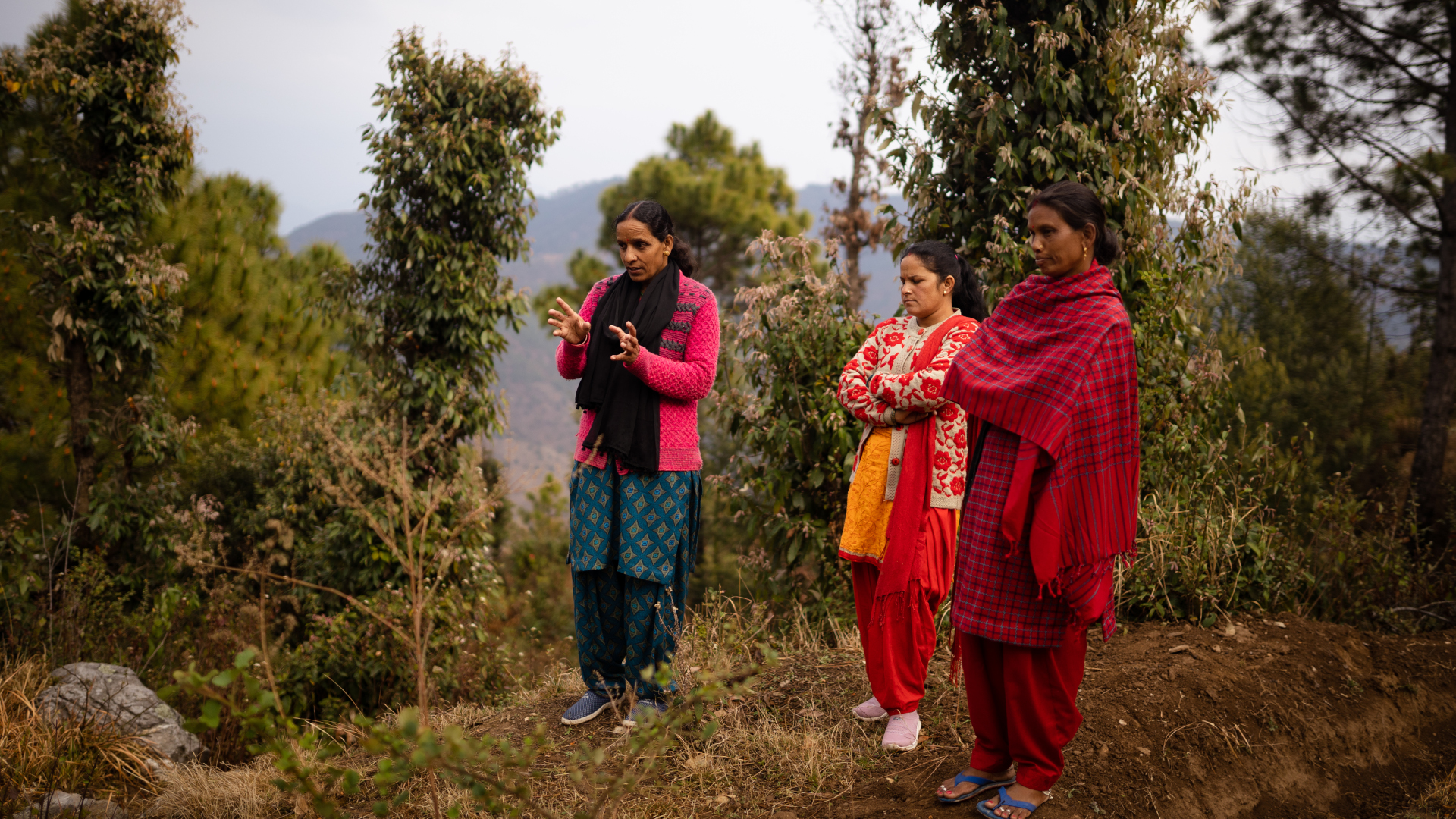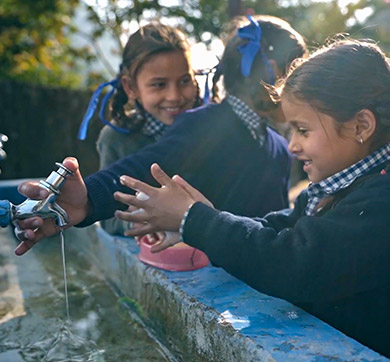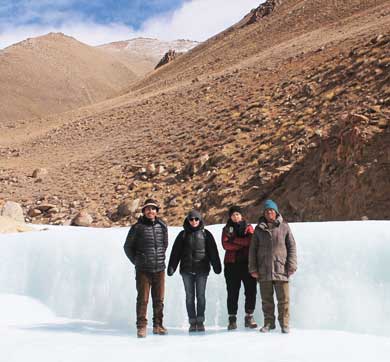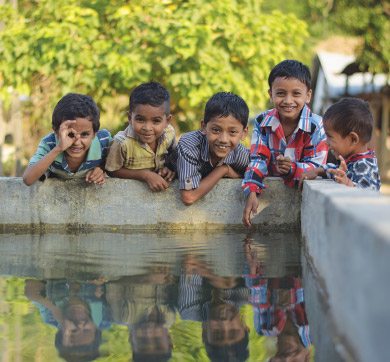April 2024 | 906 words | 4-minute read
The availability of water resources decreases as populations increase. The situation is exacerbated by available water sources being polluted by bacterial contamination, decreased discharge and inadequate recharge of groundwater.
In the summer, communities have to travel long distances to meet their daily needs of this life-giving resource. Land use change, ecological degradation and rising temperatures due to climate change, rise in the intensity of rainfall, reduction in temporal spread and decline in winter rain all contribute to this issue.
Creating water-neutral communities
The Tata Trusts have long been involved in helping to alleviate this situation. In 2022-23, the Integrated Village Development Program, funded by Titan, a Tata company, came into existence. This programme aimed to create Water-Neutral Villages, and the implementation focused on pinpointing issues and identifying new techniques to tackle them. The project spread across 60 villages in three blocks: Chamba, Thauldhar and Jaunpur, all in Tehri district, Uttarakhand.
The project aimed to implement springshed management to achieve drinking water security in villages that were suffering from a water crisis in the summer. The demand-supply gap was brutal – the villages suffered an annual deficit of 359.02 million litres, which had to be met through this project.
The project aimed to implement springshed management to achieve drinking water security in villages that were suffering from a water crisis in the summer.
Like many communities in the project area, the 20 villages in Chamba block too suffered from severe water scarcity throughout the year. Sixteen villages in the block were water deficit, while one village was water neutral. Only three villages had surplus water. The condition is exacerbated during the searing summers of the plains.
In Majyad Gaon, for instance, a baseline survey suggested that the water deficit amounted to around 1.2 million litres of water. The 35 households that comprise this community are dependent on the Heit Devta water source for all their water needs. During the monsoons, the source discharges 10 litres per minute. However, during the summer months, this slows down to less than half a litre per minute. This forces the community to trek to a handpump, about a kilometre and a half from the village, or to another water source, three kilometres away. The primary victims of this crisis are the women and children – to fetch water from Heit Devta, they have to be up by 3.30 am. If they don’t, they have to do without until the evening.
Community involvement
From the very beginning, it was clear that this project could only be successful with community participation at every stage. This ensures local ownership and management of resources and allows long-term sustainability. Though the villagers were new to the concept of springshed management and doubtful of the potential benefits, alleviating water scarcity was the need of the hour. As Anita Pundir, a resident of Majyad Gaon, said, “Are we going to fetch water throughout our lives? Somehow our ancestors coped with the issue and so did we, but the younger generation is fed up with the situation. We must do something to resolve this.”
An open meeting was conducted between the project team and the villagers; the villagers decided to form a water committee and do the springshed work themselves. An 11-member committee, comprising ten women and one man was elected. The project team had prepared a detailed technical report that included geological and engineering parameters as well as financial details. This was handed over to the committee.
Soon, work began in earnest in January 2023. The villagers dug 440 trenches with an average size of 3m x .75m x .6m and 11 recharge ponds with an average size of 3m x 3m x .75m in order to catch the rainfall runoff. These trenches could collect a total volume of 594 cubic metres in one filling, while the recharge ponds could hold approximately 75 cubic metres by volume.
Factoring in evaporation and evapotranspiration, these trenches will be sufficient to cater to the annual drinking water needs of the villagers. Community involvement and implementation kept the cost of the project at an affordable Rs1.10 lakh.
The fruits of their labour
Women are the biggest victims of water scarcity; here, they became the driving force to resolve this crisis. Women were not only active participants in the committee meetings, they were also deeply involved in the implementation of the project. The successful completion of the project has benefited all 35 households in Majyad Gaon.
The usual trickle of water in April-May was a nightmare of the past; in 2023, the villagers were excited to note the continuous flow of water at the source even during summer. It has also made them enthusiastic about working towards water management of the overflow water at the source.
The success of this project that meets SDG goals 6 (clean water and sanitation) and 13 (climate change) has inspired nearby villages as well and they have been making enquiries of the project team. The project team has been organising exposure visits from nearby villages to Majyad Gaon, where villagers have shown enthusiasm in explaining their work to neighbours.
The project has reduced the time taken by the women to get water and there is an overall increase in the quality of life in the village due to the availability of potable water throughout the year.
Source: tatatrusts.org, March 15, 2024
































